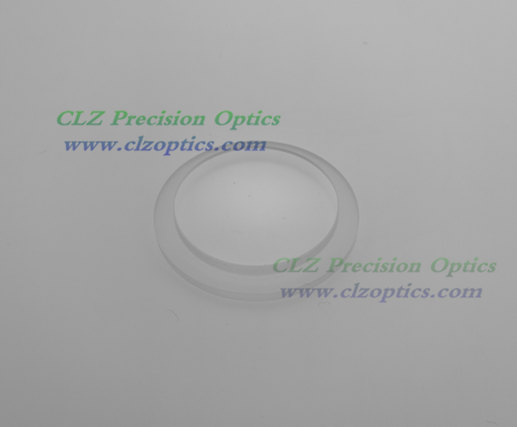Jul. 15, 2022
Measurement & Analysis Instruments
Optical glass refers to a glass that changes the direction of light propagation and changes the relative spectral distribution of ultraviolet, visible or infrared light. Narrow optical glass refers to colorless optical glass; generalized optical glass also includes colored optical glass, laser glass, quartz optical glass, radiation resistant glass, ultraviolet infrared optical glass, fiber optic glass, acousto-optic glass, magneto-optical glass, and photochromism glass. Optical glass can be used to make lenses, prisms, mirrors, windows, etc. in optical instruments. Components made of optical glass are key components in optical instruments. As a Fused Silica Windows Manufacturer, let us introduce it to you.
Optical glass has a high degree of transparency, a high degree of physical and chemical uniformity, and a specific and precise optical coefficient. Today we will mainly understand the physical properties of optical glass:
Refractive index (ND)
The refractive index of the glass is determined by the characteristic line of sodium element D = 589.3 nm and is represented by ND.
2. Specific gravity (s)
The specific gravity of the glass was measured by hydrostatic weighing.
3. Chromaticity value (x, y, Y)
The chromaticity values of the glass under the illumination of the A and D65 standard light sources were determined according to the methods specified by the International Commission on Illumination (CIE) in 1931 and 1964.
4. Thermal characteristics
5. When the temperature of the glass rises by 1 ° C, the relative change rate of its length.
Suggested reading:
6. Transition temperature (Tg)
When the amount of expansion of the glass suddenly changes, the corresponding temperature is the transition temperature of the sample. The viscosity of the glass at this temperature is approximately 10 13 Pascal seconds.
7. Softening temperature (Ts)
When the physical properties of the glass change drastically, the amount of swelling also approaches the temperature at zero, which is the softening temperature of the glass, at which time the viscosity of the glass approaches 10 11 Pa.s.
8. Color temperature conversion capability (V)
The color temperature glass consists of two types of glass, a color rising temperature and a color temperature reduction, and its transforming ability is expressed by a Mile value. The rising color temperature glass is blue, the grade is SSB, and has a negative Millard value. The color temperature-reducing glass is amber and its Milad is positive.
Related Articles
If you are interested in sending in a Guest Blogger Submission,welcome to write for us!
All Comments ( 0 )